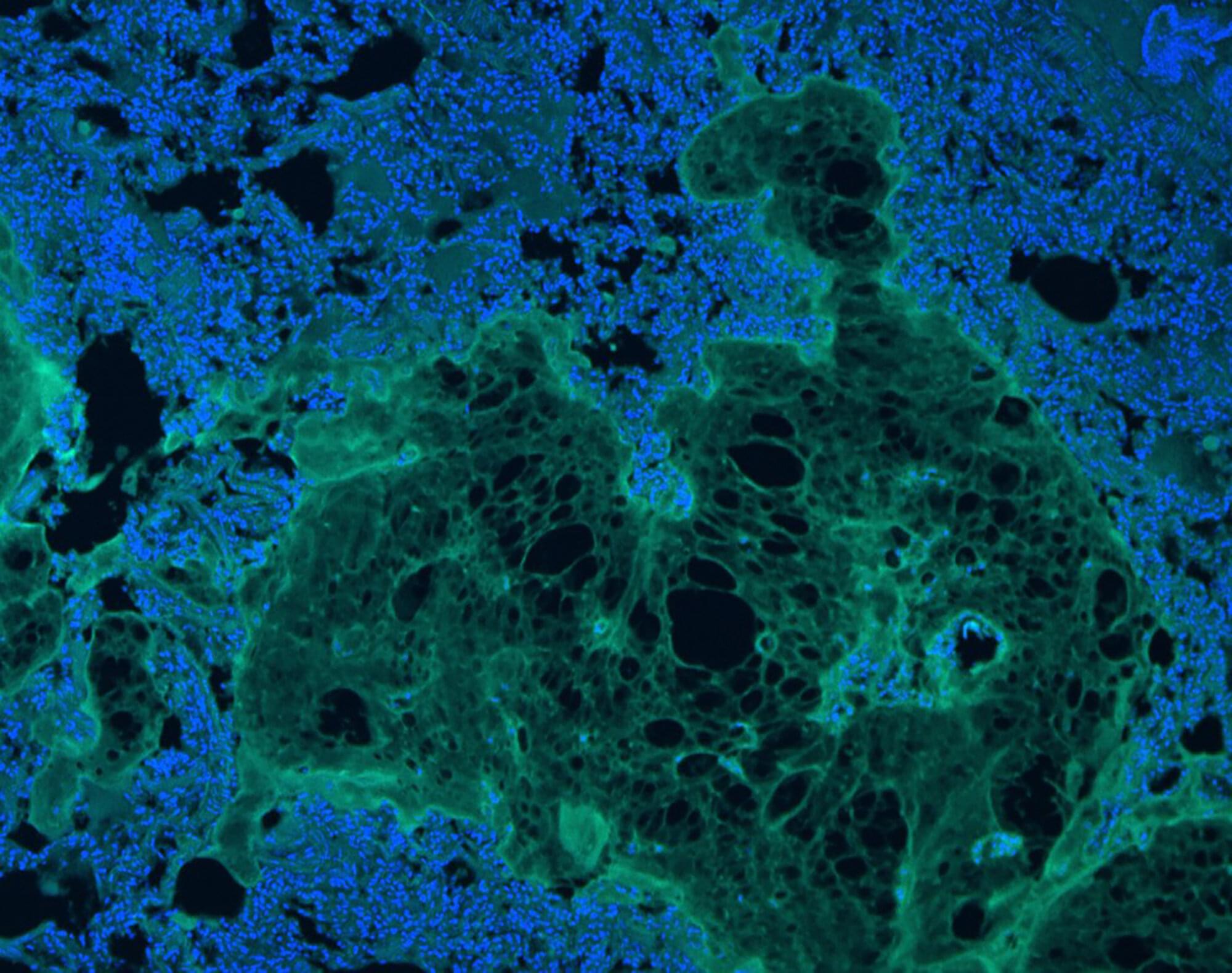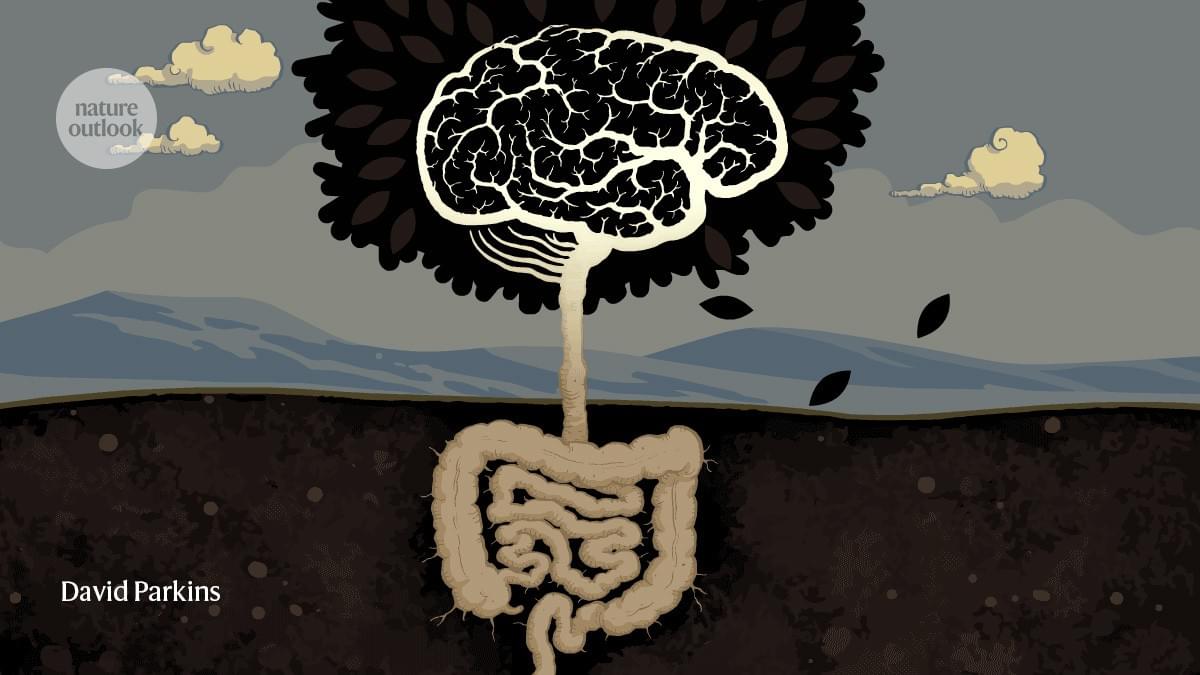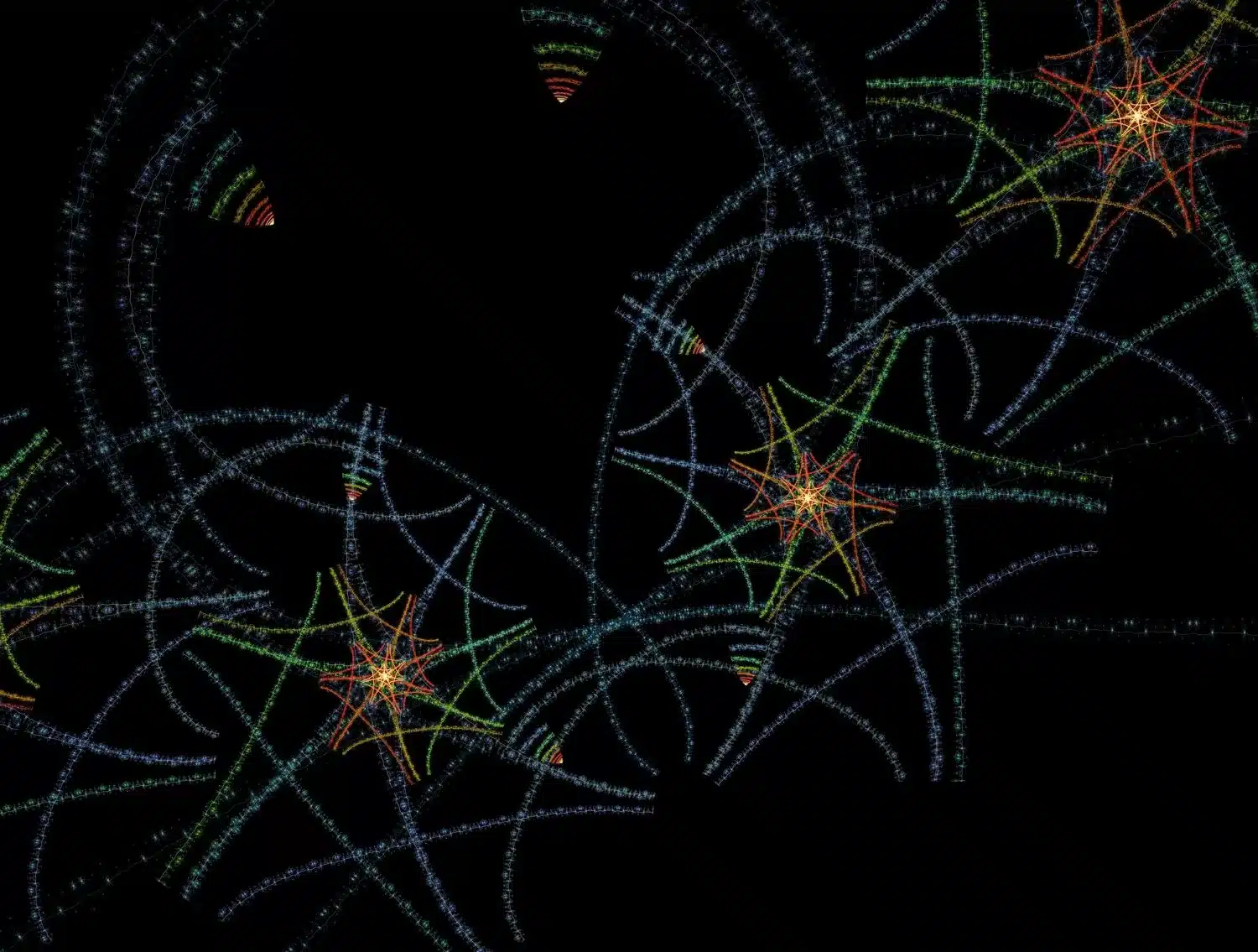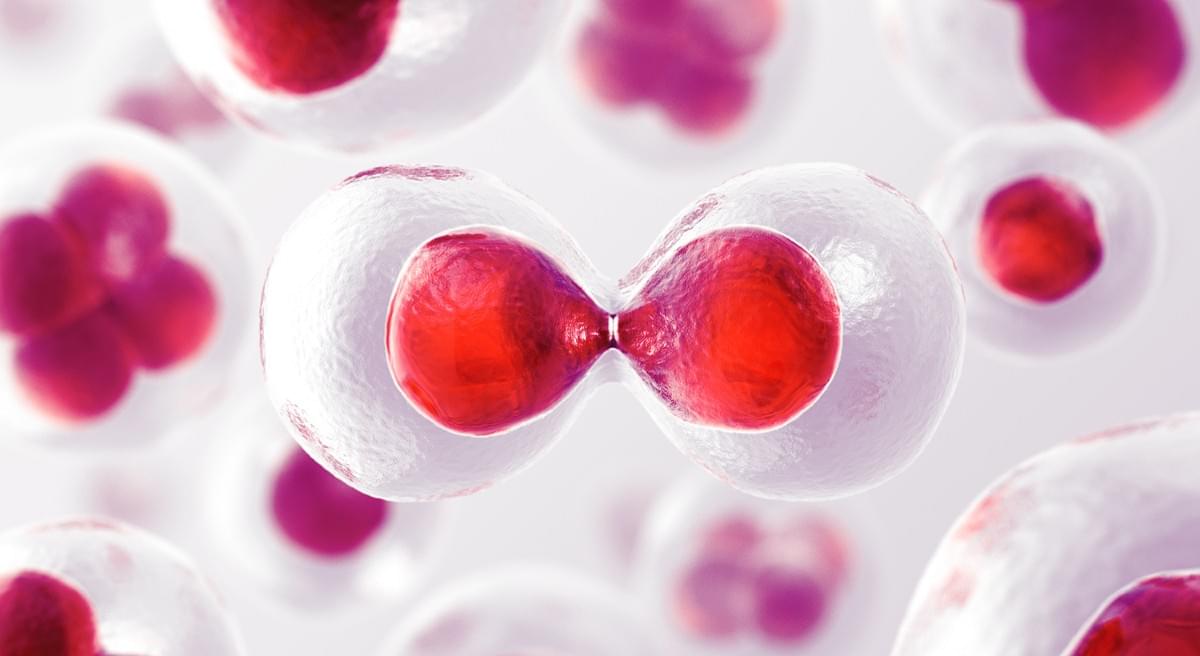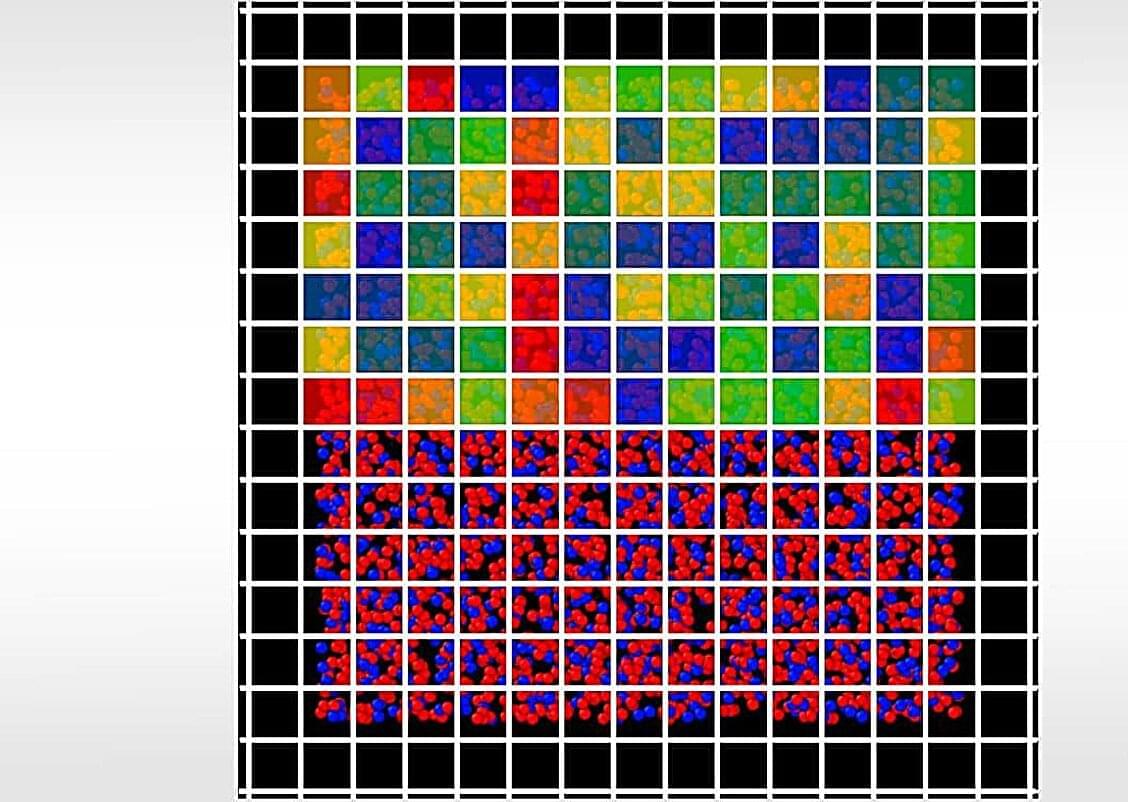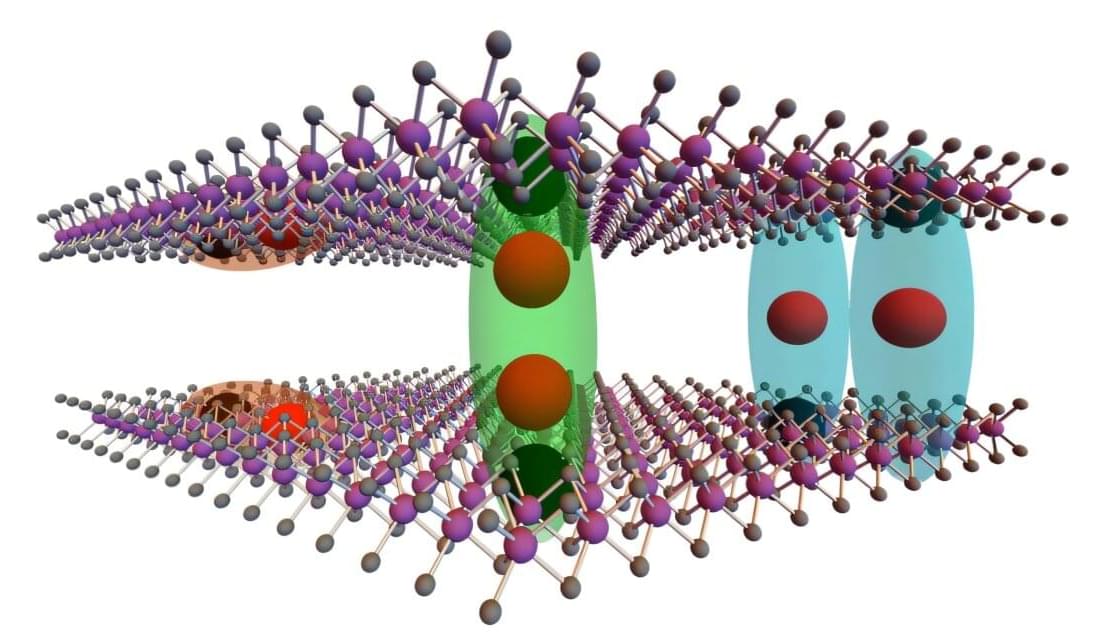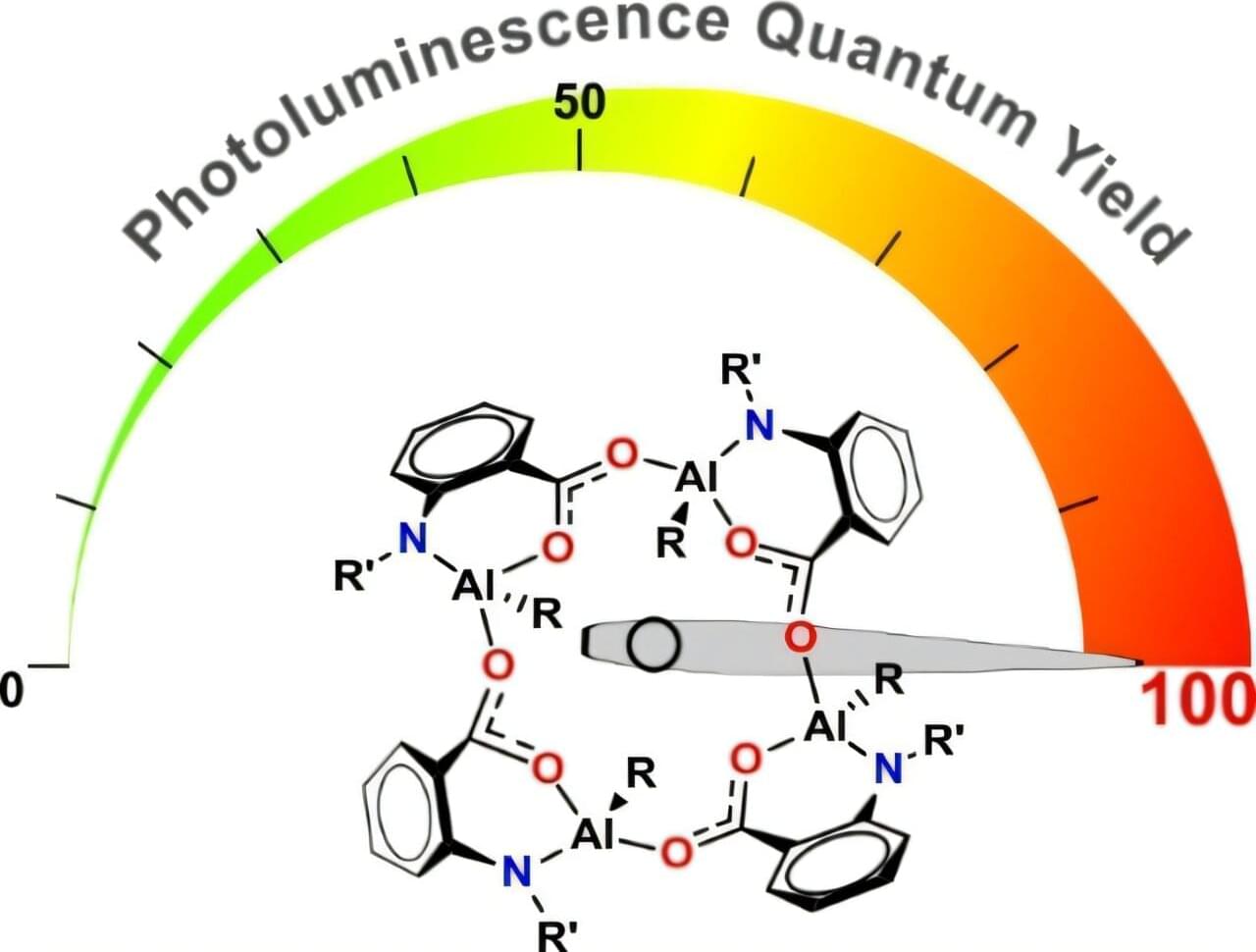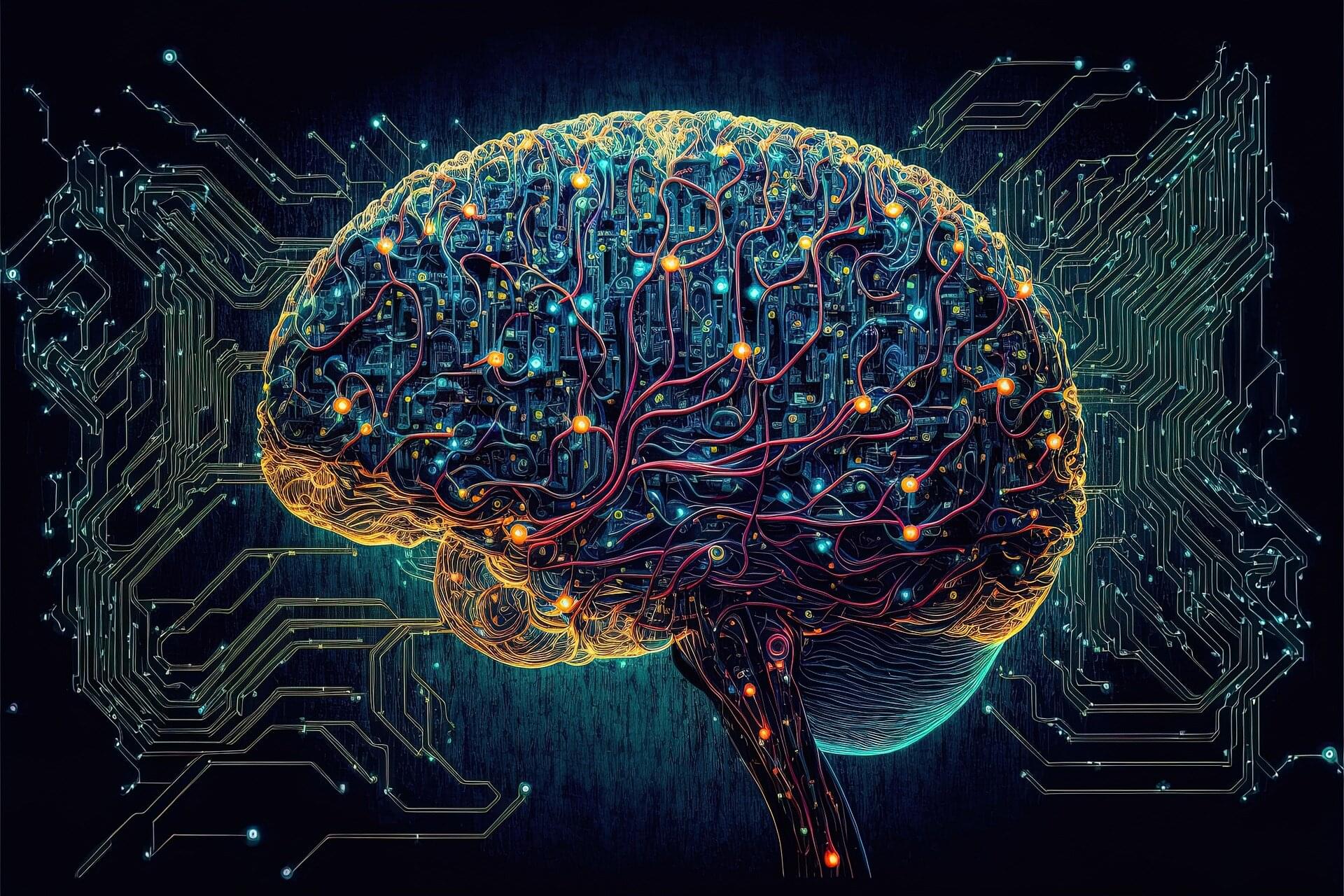University of California, Los Angeles and University of California, San Diego researchers developed an injectable sealant for rapid hemostasis and tissue adhesion in soft, elastic organs.
Formulated with methacryloyl-modified human recombinant tropoelastin (MeTro) and Laponite silicate nanoplatelets (SNs), the engineered hydrogel demonstrated substantial improvements in tissue adhesion strength and hemostatic efficacy in preclinical models involving lung and arterial injuries.
Injuries to soft tissues such as lungs, heart, and blood vessels complicate surgical closure due to their constant motion and elasticity. Sutures, wires, and staples are mechanically fixed, risking blood loss when applied to tissues that expand and contract with each breath or heartbeat. Existing hemostatic agents, including fibrin-based sealants, aim to stem blood flow but may trigger intense coagulation responses in patients with clotting disorders.
